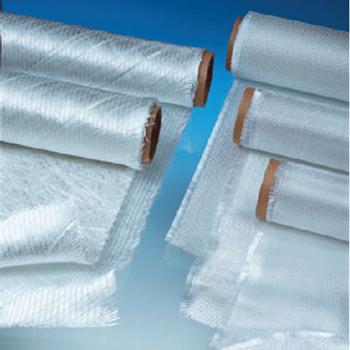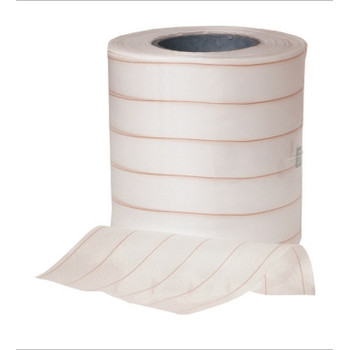Description
Breather Fabric is a lightweight, polyester blanket that provides excellent air passage within the vacuum envelope while it absorbs excess epoxy.
881-10 Breather Fabric, 45″ wide x 10 yd roll
Vacuum Bagging Techniques manual (pdf)
What is vacuum bagging?
Vacuum bagging is when a composite that is laid up and wet out by hand is then put under vacuum to compact the laminate and force out excess epoxy. Vacuum bagging has been a choice method of manufacturing and repairing composites for a long time.
Why vacuum bag a laminate?
The process of vacuum bagging allows for the ease of hand lamination while producing a part that has better properties because of its compaction. Vacuum bagging a laminate removes air voids and increases the fiber-to-epoxy ratio. All in all, it is a great process to improve your composite laminate.
The Role of Breather Fabric in Vacuum Bagging
The function of the breather fabric in a vacuum bagging layup is really two-fold. As vacuum pressure consolidates the laminate, the squeezed-out epoxy goes through the peel ply (and the release film if you are using it) and is absorbed by the breather fabric. Because of its open structure, air flows easily through breather fabric allowing the air to be evacuated from the consolidated laminate. Breather fabric is also referred to as baby blanket.
Vacuum Source Options
The purpose of a vacuum source is pretty self-explanatory, however, there are many different types of vacuums. Vacuum pump types include reciprocating piston, rotary vane, turbine, diaphragm, and Venturi. They may be of a positive or non-positive displacement type.
Positive displacement vacuum pumps may be oil-lubricated or oil-less. Oil-lubricated pumps can run at higher vacuum pressures, are more efficient and last longer than oil-less pumps. Oil-less pumps, however, are cleaner, require less monitoring and maintenance, and easily generate vacuums in a range useful for vacuum bagging.
Of the several types of positive displacement vacuum pumps useful for vacuum bagging, the reciprocating piston type and the rotary vane type are most common. Piston pumps are able to generate higher vacuums than rotary vane pumps, accompanied by higher noise levels and vibration. Rotary vane pumps may generate lower vacuums than piston pumps, but they offer several advantages. While their vacuum ratings are more than adequate for most vacuum bagging, they are able to move more air for a given vacuum rating. In other words, they can remove air from the system faster and tolerate more leaks in the system while maintaining a useful vacuum level. In addition, rotary vane pumps are generally more compact, run more smoothly, require less power, and cost less.
Non-positive displacement vacuum pumps have high CFM (cubic feet per minute) ratings, but generally at vacuum levels too low for most vacuum bagging. A vacuum cleaner is an example of a non-positive displacement or turbine type pump.
Air-operated vacuum generators are simple, low-cost Venturi devices that generate a vacuum using air pressure supplied by a standard air compressor. Their portability, relatively low cost and the accessibility of compressors in many shops and homes make Venturi generators ideal for smaller vacuum bagging projects.
Single-stage generators have a high vacuum rating, but move a low volume of air, limiting the size of the vacuum bagging operation. Larger two-stage pumps are comparable to mechanical pumps for most vacuum bagging operations but require a proportionately larger compressor to run them.
Whichever vacuum generator you choose, it must hold a continuous vacuum until the epoxy reaches an effective cure. This may take 8 to 24 hours depending on the hardener selected and ambient temperature. After all the materials are in place, turn on the vacuum source and allow the vacuum to be continually pulled until the epoxy has cured.—Excerpted from Vacuum Bagging Basics by Rachael Geerts, Epoxyworks 49
Warranty Information
Specs
UPC: |
811343012496 |
|
MPN:
|
88110
|
Size: |
45" x 10 yds. |










